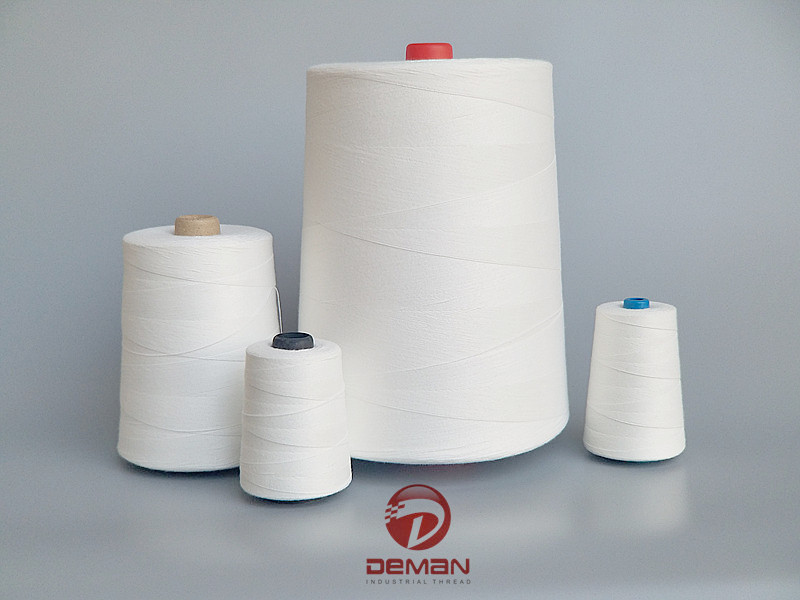Expression of yarn count
Speaking of the word count, many friends in the cotton yarn industry have arrived very intimate.
However, once you talk about the unpredictable form of the count, even industry experts may shake your head.
Don't panic, we have compiled the most complete cotton yarn count guide for you in history. You don't know what you should know, it's here! I don't want to tell him about the average person.
First, what is the count?
Calculate the length we use the meter to calculate the weight we use the pound, calculate the thickness of the cotton yarn we use is the count. The count (S) is the unit that represents the thickness of the cotton yarn.
For example, a certain amount of cotton is arbitrarily elongated into different lengths. The short length is naturally thicker and the longer length is naturally finer. Then they are represented by different counts.
The main counts of cotton yarn are 10S, 18S, 21S, 32S, 42S and so on. (from left to right - getting thinner)
The higher the count, the finer the yarn. Think of the above example, the same group of cotton pulled longer and naturally finer.
Second, the yarn family
Therefore, according to different counts, the yarn family has been divided and divided!
Fine yarn: 28 ≤ count ≤ 262. This type of yarn is suitable for high-grade fine fabrics, such as high-branched shirts, worsted sweaters, etc.
Medium yarn: 18 ≤ count ≤ 27. It is used to weave general fabrics such as plain cloth and twill.
Coarse yarn: 8 ≤ count ≤17. Suitable for thick fabrics such as tweed and coarse cloth.
Third, the various expression methods of the count
Single yarn representation: 32 single yarns - 32S
The representation of the strands: 12 single yarns 4 together - 12S / 4;
10 single yarns 3 together - 10S / 3;
According to the different weight system and the fixed length system, the counts have different forms of expression.
It can be seen that except for D as a unit, the other three representation methods are the larger the value, the finer the yarn, so is it clearer?
1. Tex: The weight in grams of yarn of 1000 meters. The larger the TEX, the thicker the yarn.
Writing method: number (plus unit) X shares. Such as: 21texX2
2. N (metric count): The number of meters per gram (1 g) of heavy fiber or yarn. The larger N, the finer the yarn.
Writing method: number / number of shares. Such as: 32/3
3. S (Inch Count): Each pound (0.4536 kg) of fiber or yarn is 840 yards long and one inch. The larger S, the finer the yarn.
Writing method: number of digital S / shares. Such as 32S/3
4. D (denier): The weight in grams of 9000 meters of fiber. The larger the D, the thicker the fiber.
Four, one button to convert multiple units
As the saying goes, it is easy to chaos when there are many people. It is easy to involve various conversion problems when the unit is more than one. However, the intimate cotton yarn circle has already been arranged for you, and the collection is in hand, and you are not afraid to find it anywhere.
(1), D=9000/N
(2), D=5315/S
(3), tex=10dtex
(4), tex=D/9
(5), tex=K/S
(6), tex=1000/N
(7), dtex=10D/9
(8), dtex=10K/S
(9), dtex=10000/N
(K value: pure cotton yarn K=583.1 purified fiber K=590.5 polyester cotton yarn K=587.6 cotton yarn (75:25) K=584.8 cotton yarn (50:50) K=587.0)
